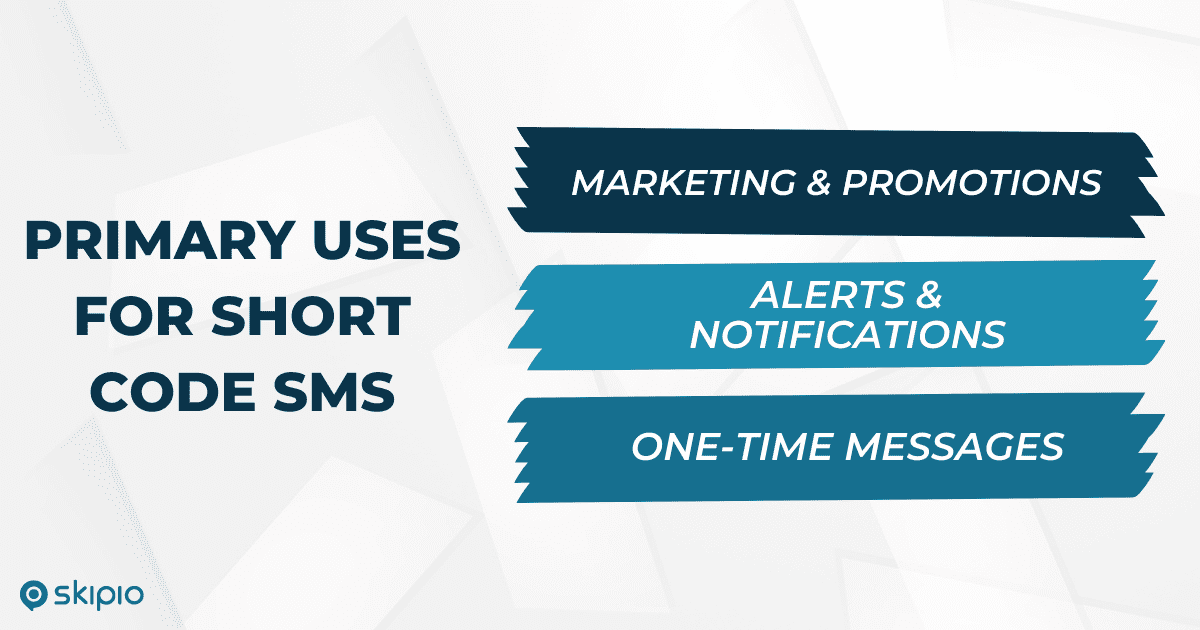
Whether you want to send text messages to leads captured on your site or to long-time customers, all your messages need to reflect and promote the same brand. We’ve already talked about the WHY. So now let’s talk about how exactly you and your team write text messages that stay on brand.
Use these 5 practical tips for writing sales and marketing messages that embody your company’s voice and brand.
Create and Use a Brand Style Guide
This marketing initiative takes more than a little effort upfront, but a brand style guide helps every department. Implementing this guide increases unification in all communication and helps ensure consistent customer experiences. If your company doesn’t already have one, get started now!
Brand style guides cover a lot of different areas, but because we’re specifically talking about sales and marketing messages in this post, we’ll only focus on a couple aspects pertinent to business texting.
Language and Word Choice
With texting it can be easier for people to forget that they’re representing a brand as a whole. To help with this messaging strategy, the guide should include information like:
- The overall tone of the brand and what sort of tone is acceptable for texting
- Company-specific terms or names for products or services that should be used
- Descriptions or phrases that shouldn’t be used, such as those used by competitors or that evoke the wrong emotions
Images and Video
Both sales and marketing teams should use MMS for delivering a better experience. When it comes to photos or videos, the guide should cover topics like:
- Situations in which it’s acceptable (if ever) for someone to create their own graphics or images that use the company logo or colors
- Size guidelines for sharing images via text to ensure the messages get delivered
- Video quality standards dependent on how content will be shared
By including information related specifically to outreach via text, you avoid situations in which employees or coworkers say things in their messages that don’t reflect the business. That makes closing sales or keeping customers around a lot harder.
Plus, when you hire new people, giving them the established guide shortens training times and helps them understand the “why” behind communication decisions.
Do Company and Team Trainings
It’s dangerous to assume that employees know what the “brand” represents and what the company’s voice is. After creating the brand guide is a perfect time to address these topics, and it should be re-addressed as needed.
But even if you don’t have a brand guide yet, you should still try to consistently communicate your brand’s external communication standards.
For instance, when you launch new products or services, each team must understand how those fit in with the company’s brand and overall mission. Give everyone the guidance and information they need to talk confidently to leads and customers about those options.
When everyone is given the proper training to talk about the business, the brand appears more unified and consistent. Plus, team members will be more prepared to have productive conversations and are more likely to get invested in business goals.
Work With an Editor
Obviously not every text message anyone ever sends can be read by an editor. That would be impossible.
But before someone sends out a message to a large group of people, have someone who really knows your brand look it over. This person should know the voice of the company and be ready to spot any typos or other errors.
However, don’t rely on a single person for this editing and oversight. When everyone is trained on the company brand and voice, you all have opportunities to act as editors for each other. Working together, you avoid information mix-ups or weird language that may confuse customers and ultimately damage the brand.
Also, everybody needs an editor. Don’t let anyone tell you they don’t, no matter how good of a writer they are (or claim to be).
Audit Previous Messages
Don’t just forget old messages — read over texts you’ve previously sent. This is all about quality control and providing the best experience for leads and customers. It also helps with brand alignment as team members can share what works for them and what doesn’t.
For instance, a regular sales training could include a rep sitting down with their manager to go over texts that were sent in the past month. Together they can identify specific wordings or cadences that resulted in more replies, better conversations, or increased conversions. They then know messages to share with other members of the team to try to replicate that success.
By auditing old messages and looking at patterns in conversations, every team finds ways to improve the brand and fine tune messaging. If certain types of messages really resonate with recipients, you now have new insight into what the brand really represents.
Create a Message Library
Give yourself and others the tools needed to succeed. Write messages that people can either use verbatim (great for commonly asked questions) or that they can use as a template for messages of their own.
This helps teams maximize their time and effort as well. It’s also an easily scalable strategy. No matter how large a team is, it’s easy to write and share messages for everyone to use and customize.
Skipio’s Message Library is a huge time-saver for so many businesses because they can quickly locate and customize old messages that successfully communicate information.
You’re Not Brand Robots
Writing “on brand” text messages doesn’t mean every message sounds the same or like the same person wrote them. Your company’s brand guidelines for text message communication should be just that — guidelines.
And even though each of these 5 steps requires conscious effort at first, it’s well worth it. With some trial and error and by working with others, you’ll all write sales and marketing messages that stay on brand, lead to better conversations, and drive revenue.
To start now, sign up for Skipio Starter.



